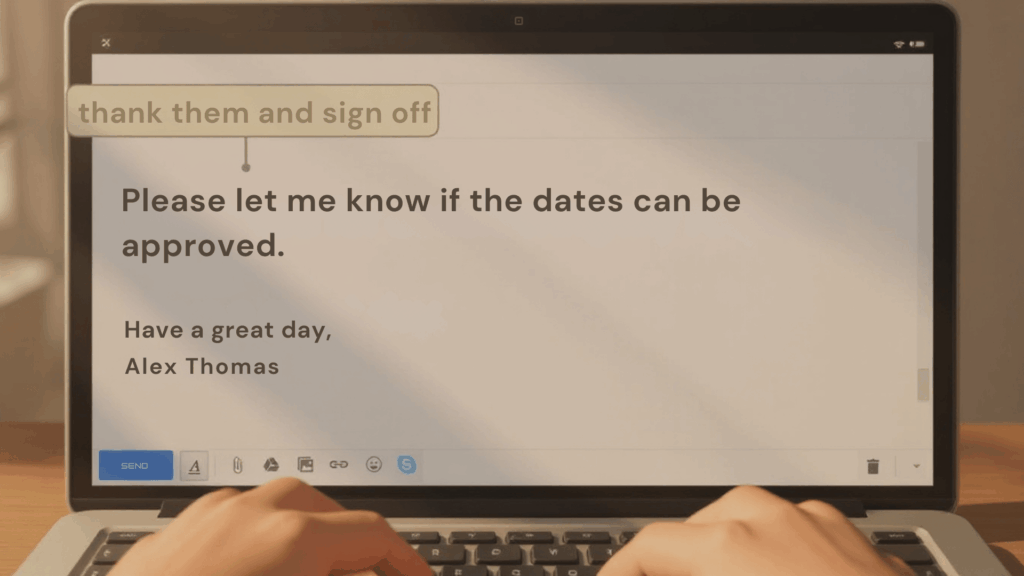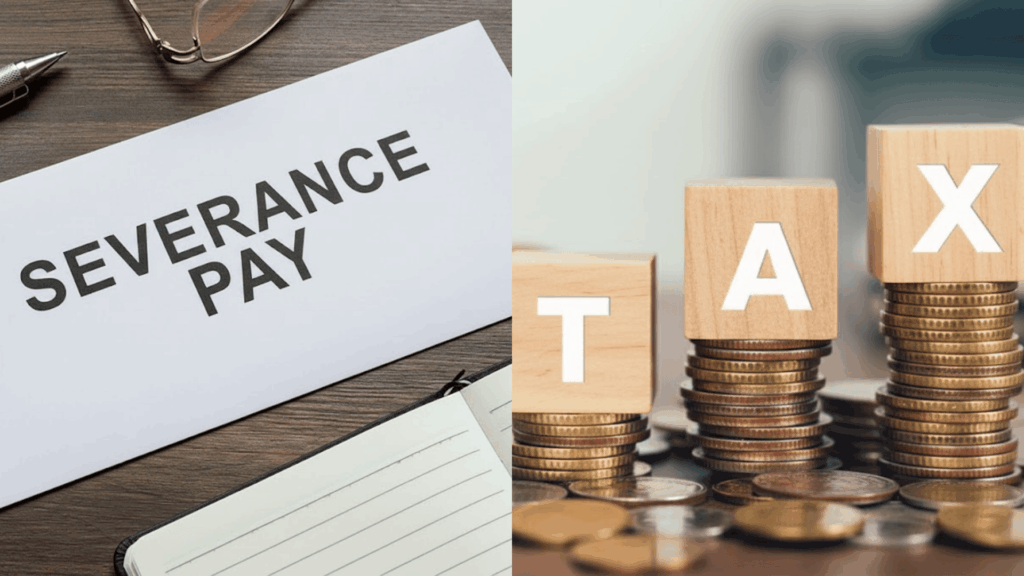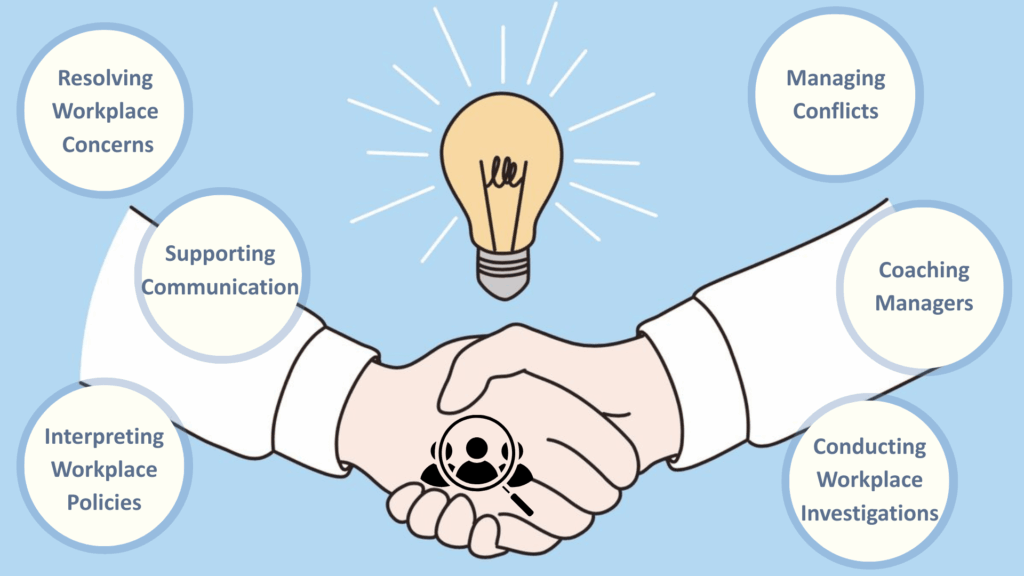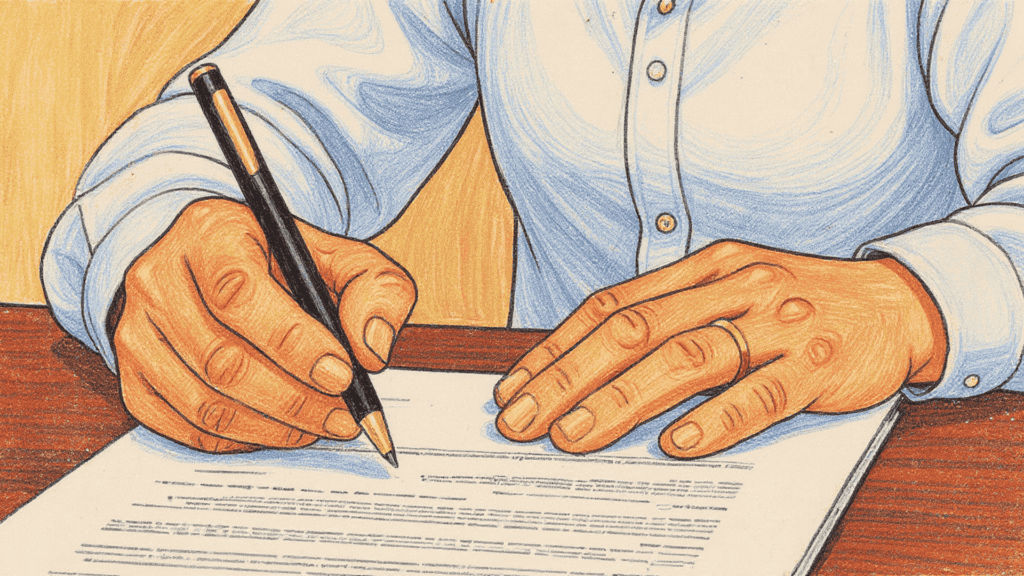The Family and Medical Leave Act (FMLA) gives eligible employees the right to take up to 12 weeks of unpaid, job-protected leave to manage serious health conditions or care for family members.
It’s a crucial protection for workers balancing personal responsibilities and employment stability.
Yet, one common question arises: Can an employee take on another job while using FMLA leave?
The answer isn’t always straightforward.
It depends on the law’s framework, the medical purpose of the leave, and the company’s own policies.
This article explains the legal aspects, employer restrictions, state-specific rules, and practical considerations for anyone thinking about working a second job while on FMLA leave.
Can You Work a Second Job While on FMLA?
The Family and Medical Leave Act (FMLA) protects eligible employees who need time away from work for serious personal or family health conditions.
It allows up to 12 weeks of unpaid, job-protected leave within 12 months.
A common question arises among employees: Can someone take on another job during this leave?
The answer depends on both federal law and company policies.
This article explains the key legal rules, employer restrictions, and state-specific variations that determine if working a second job while on FMLA is acceptable.
Read more: How to Identify and Handle FMLA Violations?
State Differences
Here’s a comparison of how different states approach secondary employment during FMLA or equivalent leave programs:
| State | State Law | Permission to Work a Second Job | Key Details |
|---|---|---|---|
| Florida | Federal FMLA only | Allowed with company approval | Employers can enforce internal moonlighting policies. |
| Massachusetts | Paid Family and Medical Leave (PFML) | Restricted | Working during paid leave may lead to loss of benefits unless medically approved. |
| Texas | Federal FMLA only | Permitted with limits | Must comply with medical certification and employer rules. |
| California | California Family Rights Act (CFRA) | Limited | Secondary work is allowed only with medical clearance and policy compliance. |
In summary, each state follows federal FMLA standards, but local laws or paid leave programs may impose additional limits on outside employment.
Guidelines for Working a Second Job on FMLA
FMLA does not explicitly prohibit employees from working elsewhere during leave.
The law focuses on whether you qualify for leave and whether your job is protected, not how you spend your time away from work.
This means employees may legally work another job if it does not interfere with the reason for their FMLA leave.
Your second job must not conflict with your medical condition or caregiving needs.
Otherwise, your employer may view it as a misuse of leave.
Employer Policies
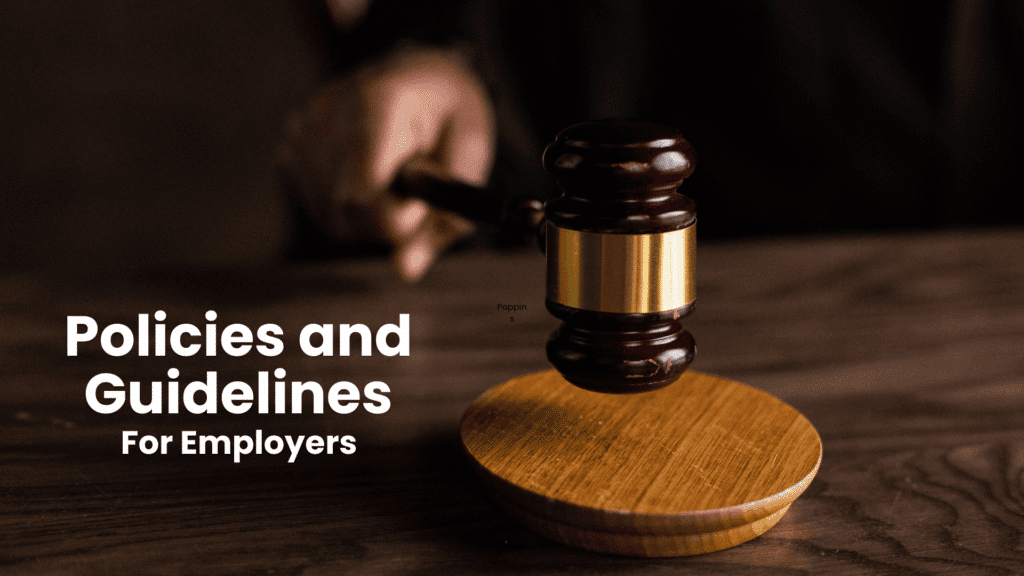
While FMLA provides the federal framework, company policies play a big role
Many employers maintain specific policies, often referred to as Moonlighting policies, that restrict or prohibit outside employment while on any type of leave, including FMLA.
These policies and guidelines are designed to:
- Ensure employees abide by medical restrictions.
- Prevent abuse or fraudulent use of leave.
- Apply rules fairly and equally to all employees to prevent claims of discrimination.
That’s why reviewing your company’s employee handbook is crucial.
Violating workplace policy, even can lead to disciplinary action or termination.
Legal Considerations for Working During FMLA Leave
Knowing how the Family and Medical Leave Act (FMLA) interacts with secondary employment is essential for protecting both your rights and your job status.
The law provides flexibility, but it also sets boundaries to prevent misuse and maintain workplace integrity.
1. No Direct Ban on Secondary Employment:
FMLA does not explicitly prohibit employees from working another job while on leave.
The focus remains on whether the employee’s condition or family responsibilities genuinely qualify for leave and if the work performed aligns with those limitations.
2. Compliance with Medical Certification:
Your medical certification defines the reason for your leave.
Taking a second job that contradicts your stated medical restrictions, such as physical labor during recovery, can be viewed as FMLA misuse or dishonesty, potentially leading to loss of protection.
3. Employer Verification Rights:
Employers are allowed to request medical updates during your leave.
If outside employment appears inconsistent with your certified condition, they can lawfully investigate to ensure the legitimacy of your FMLA claim.
4. Impact of State and Local Regulations:
Some states have expanded versions of FMLA that offer additional benefits or impose stricter conditions on secondary employment.
Always review both federal and state-specific rules before taking on another job during leave.
5. Importance of Proper Documentation:
Keep detailed records of medical certifications, HR approvals, and any correspondence related to your FMLA status.
Documentation provides evidence of compliance if any disputes arise later with your employer.
Potential Risks of Working a Second Job While on FMLA
Although federal law permits a second job, working during FMLA can create significant complications.
It may trigger concerns about medical restrictions, lead to policy violations, and even put your job security at risk.
- Conflicting duties: a second job involving activities that are restricted may result in violating your FMLA certification.
- Fraud claims: Working another job instead of providing care for a family member could be seen as misusing leave.
- Disciplinary action: Violating the company’s moonlighting rules may result in termination
- Professional reputation: Colleagues or managers may perceive secondary employment as unethical or unfair.
Think carefully about the financial gain of a second job outweighs its consequences.
Best Practices for Employees on FMLA Leave

If you’re considering secondary employment during FMLA leave, here are practical steps to protect your rights that can help prevent restrictions:
- Review policies first: Check your employee handbook, HR portal, or union agreement.
- Follow medical restrictions: Keep detailed documentation from your healthcare provider.
- Avoid conflicts: Choose side work that does not contradict your leave reason
- Maintain transparency: If asked, be honest about your secondary job rather than hiding it.
Learn how 12-hour shift schedules can impact your leave and workload.
Conclusion
Permission to work a second job while on FMLA depends on both federal protection and employer-specific rules.
While federal law doesn’t directly forbid secondary employment, many companies impose moonlighting restrictions that employees must follow.
Some states, such as Massachusetts and California, add stricter requirements through their own family leave programs.
Before accepting outside work, review internal policies, confirm medical clearance, and consult HR if unsure.
Maintaining honesty and documentation will help preserve both your rights and professional reputation.
Check out more on workplace policies to stay informed and compliant.
Have you experienced managing work during FMLA leave? Share your thoughts in the comments below!
Frequently Asked Questions
Can Part-Time Employees Qualify for FMLA Leave?
Yes, part-time employees may qualify if they meet the hours worked requirement within the past 12 months.
Are Specific Words Required to Start FMLA Leave?
No, employees do not need to use specific words; employers must investigate if the leave qualifies once they become aware of the reasons.
Can FMLA Leave Be Used for a Reduced Schedule?
Yes, the FMLA allows for intermittent or part-time leave when medically necessary, provided that it is approved by the employer in accordance with the applicable regulatory guidelines.
Are Mental Health Conditions Covered Under FMLA?
Yes, serious mental health conditions like depression and anxiety qualify for FMLA coverage if they meet the standard for a serious health condition.






